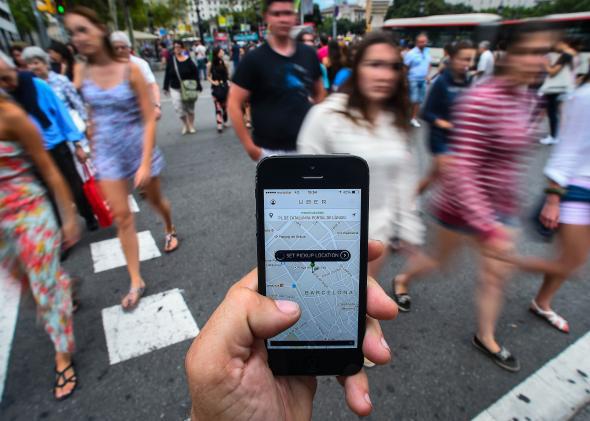Uber has agreed to drop one of its most controversial policies when disaster strikes. New York state Attorney General Eric Schneiderman announced this afternoon that the ride-sharing company known for adjusting fares based on demand—a model known as dynamic pricing—will cap its price surges during emergencies to comply with a New York law against price gouging in times of need. Schneiderman said in a statement that Uber will adopt a similar policy nationwide.
The relevant New York law was passed in the winter of 1978-79 in order to protect consumers from rising oil prices. In general, it aims to prevent merchants from imposing extreme price hikes during an “abnormal disruption of the market” caused by “extraordinary adverse circumstances”:
For purposes of this section, the phrase “abnormal disruption of the market” shall mean any change in the market, whether actual or imminently threatened, resulting from stress of weather, convulsion of nature, failure or shortage of electric power or other source of energy, strike, civil disorder, war, military action, national or local emergency, or other cause of an abnormal disruption of the market which results in the declaration of a state of emergency by the governor.
Uber will not totally eliminate dynamic pricing during emergencies but will instead cap how high its rates can go based on what it charged consumers over the previous two months. The agreement between Uber and the AG’s office states that if Uber employs price surging during an “abnormal disruption of the market” it will go no higher than the fourth-highest price charged in the area (all on different days) over the past 60 days. So if Uber’s highest surges were 5X, 4.25X, 3.75X, and 2.5X in that period, it could charge no more than 2.5X during the emergency.
Of course none of this has any bearing on Uber’s pricing practices during non-emergency times. That means you might still get stuck with a $100 bill on a snowy Friday night—and that’s OK. Uber’s dynamic pricing practices are generally a great way of bringing demand for car services in line with supply. But in case a hurricane devastates Manhattan or aliens invade the Financial District, one thing you won’t have to worry about is the price of that Uber ride home.
